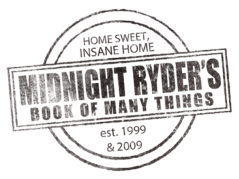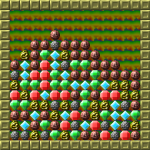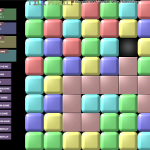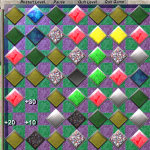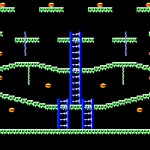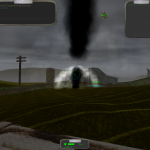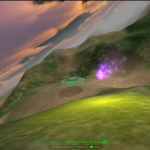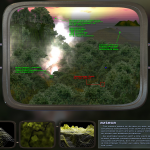When Skyler Lovelace of Pixel Time and I sat down and discussed the idea of an Introduction to Game Development (and a Game Development for Teens class) for Pixel Time, we threw together a quick “marketing blurb” on what my accomplishments were. It was quick and simple:
“Sickmon is a popular speaker at IndieGamesCon, an annual conference for independent game developers. As a software development, he has released seven video games of his own, as well performed contract work in the game industry. Sickmon was co-host on the World of Gamer Zone TV show, which aired in 2006. He plans to re-launch the show as an online series, to be shot at Pixel Time.”
We moved on, and didn’t think much about it until someone questioned my credentials online. It didn’t bug me someone asking (in fact, I think that’s a very diligent approach to spending time and effort for a course like this – get online, and check things out), but it pointed out one of the flaws in the plan – we really needed to expand upon that. I had considered a standard resume, but I think this format will be a little more fun (and informative!)
In late 1999, I started exploring the idea of developing games, and came up with a simple game that was sort of fun: Boulder Panic! (version 1) was an ugly, ugly game, even back in that timeframe. I setup a website, and started selling it online – I think the price was something like $9.00. And I sat and waited for it to sell – and it did, very, very slowly. But that was OK – it served it’s purpose, it proved the idea I could indeed write a game, release it, and sell copies. Not a great game, but it’s important to my game development history just because it was a starting point, and everything starts somewhere.
I continued to write and release games as a “side job” until 2003 when the company I worked for full time closed down the engineering department. But things had already moved on – I was in a position to make a go of it as a full time developer.
By then I had released seven games – only three of which I’m going to mention.
Boulder Panic! 2 DX was the final (?) installment of the Boulder Panic! series of games – a completely rewritten game engine build for Direct X, new graphics, better sound, etc., etc., etc. Oh, and 117 levels grand total – unlike the other puzzle games out that just dropped a player into a random play field, each level was hand designed, and set up interesting challenges based on the “physics” of the game, and it still remains fairly unique in it’s execution. However, these days it would be a hard sell – it looks too much like a “match 3 in a row” game, even though it isn’t!
Up next puzzle game wise was “Tile Panic!”, one of those games I hated – and I mention it here because I hated it so much (and because it’s got an amusing story associated with it 😉 Tile Panic! was my attempt to “rethink” how the classic sliding tile puzzle was played – instead of creating an image composed of tiles, now it had a set number of tile colors, and when three or more tiles came into contact with each other, they “locked” to the play field, now unmovable. That part was OK, the problem was, there wasn’t a good way to end the game, so it became timer based – you had to reach
a set score before time was up.
I hated that. In some ways, I felt I should have never bothered to release it. On the other hand, it sold copies, and resulted in a funny story: When
creating sound effects for Boulder Panic! and Tile Panic!, both had timers involved for gameplay, so I created music to go with it that sounded a bit panicy. I had commented to my wife a the time that “I want something that causes heart attacks”
Funny I should say that. I got an email from a customer who had purchased it – she was a little old lady in her late 60’s who bought the game and loved it. Except her nurse wouldn’t allow her to play it anymore – the timer caused her heart to start racing, and she had severe heart problems! So rather than risk letting a little old lady have a heart attack, I created a special one-off version of the game that played without a timer – not as challenging, but infinitely more healthy for the little old lady!
The final game in the Panic! series was Flip Panic! One of the things I didn’t like about the previous games were a sort of utilitarian approach to interface graphics – they weren’t particularly fancy or even what I felt was attractive, they were just brute force functional. So one of the goals of Flip Panic! was to fix that – I created a better approach (for me) to handling the interfaces, and producing a much more polished style. MUCH better.
Flip Panic! was my favorite game in the puzzle games from the standpoint of design. First, tiles had two sides – a light side, and a dark side. Light sides could be collected, dark sides could be collected, but they cost players points. By allowing collection of the dark tiles, the game never reached a “stuck point” like Bejeweled and others in the “match three” game style tend to do (which either results in a game over, or a reset of the play field.) Tiles were flipped as a row – either left to right, or top to bottom. When three tiles matched up (in a row), the player scored the tiles dropped down from the top to fill the void. Not too innovative so far.
However, every level the rules changed slightly – sometimes match threes were the goal. Sometimes it was a combination of match threes and match fours, or match fives. Sometimes certain tiles couldn’t be collected or flipped. Sometimes you had to reach the goals in a certain number of flips or collects. Sometimes the tiles could only be flipped left to right or top to bottom. This meant each level the player had to completely re-think their strategy, and not only did I like the game, I loved playing it!
Boulder Panic! 2 DX, Flip Panic!, and Tile Panic! are also important for another reason – while they were indie titles, they were also slated for real-world shelf distribution. Contracts were negotiated and signed, final deliverables were delivered, the whole nine yards. And then I waited. And waited. And waited. The company in question ended up changing their market strategy, and the games would never see real world shelf space. What a bummer – I was seriously looking forward to buying my own game at WalMart! 🙂
Meanwhile, I started looking towards bigger game projects – the Panic! series was fun to work with, but it was time to move on. I got the rights from Randy Glover to resurrect Jumpman, and set about designing a new game in the series – Jumpman 2049. This is one of my first failed projects – it’s not that it was impossible to do, it was that I kept getting distracted with tons of game ideas, and didn’t have the self discipline to stay on task.
Jumpman 2049 got some mentions here and there, and actually was to the point of play test concept. But it just never went anywhere, which is a pity. The original Jumpman and Jumpman, Jr. were two of my all time favorite games from the Commodore 64 era, and talking to Randy and getting the rights to release a new game in the series was a sort of childhood dream realized – as a kid, I always wanted to write the next Jumpman game!
I also always had a directory full of experimental game concepts – Cultures, for instance, was a game based on cellular automata for it’s core gameplay component. Boulder Panic! 3 was an interesting iteration on puzzle games – it was played in 3D, something that wasn’t really done during that era of gaming. (Boulder Panic! 3, by the way, was a “Game In A Day” project – the goal was to see how much development a game developer could really get done in a single day. And it actually got very far along – in fact, I’m not completely sure why I stopped development of it!) Maze Panic! was an interesting multi-player take on a maze game – players raced head to head through a randomly generated map in first person perspective. Of course, the design also had a lot of little “twists” to it to throw in some major fun!
Around the same time that Jumpman 2049 started development, I licensed the Torque engine (2002), and began messing with it. What a concept – rather that write a game from scratch every time, now I had a basic engine to work with (3D or pseudo 2D) that could do networking, scaled interfaces (all of my games to that point were fixed resolution – 1024 x 768), and all sorts of modern goodness that I didn’t have to work at!
I became a frequent blogger on the Garage Games website (back when it was still called a .plan, not a blog. Young whippersnappers and your fancy blogging platforms.) I had already created a habit of blogging around like 2001 on my own site (MidnightRyder.Com, my company site) – at one point, I collected up all of my archives of blogs and .plan files, and did the stats on them – I updated so frequently between my company and personal blogs I was hitting an entry more than once a week on average over the course of nearly
seven or eight years. Insane. But it also meant I was visible in the game development community there on Garage Games and on my own company site.
So I was invited to become a speaker at the first IndieGamesCon along with David “RM” Michael, a fellow independent game developer. We also returned for the next two years to the game development conference, acting as speakers on the business of developing video games as independents. It was a hell of an experience really, and was great for making connections. And as an added bonus, I also ended up with some articles in “real world” press, interviews with G4 and Tech TV (back before G4 bought TechTV), and neat little things like that.
So what did I do with the Torque game engine?
First off, there was quite a bit of experimentation – two of the games I mentioned in my experimental gameplay stuff were based on Torque (Boulder Panic! 3 and Maze Panic!), and I always had a wild whim I wanted to explore using the engine. One of those whims developed into something – I was messing with ballistic weapondry, and realized I sort of reminded me of an old classic game called “Scorched Earth” that I loved. Hm.
I created a really dirty prototype of the concept – players were in static locations, and fired at other players. But instead of the typical Scorched Earth or Worms approach that took turned, I realized I wanted to keep it realtime – instead of turns, firing rates would handle arbitration of turns, so that bigger weapons fired a bit slower to balance things out. This also meant the player could pass until the perfect moment to fire.
The game went from a concept to a project pretty quickly, and up to that point all my development was my own, every stage of it. Graphic design, UI design, sound, music, programming, level design, etc. That’s a lot of hats to wear for a single project! So my first acquisition for a team was a guy by the name of Eric Forhan, who did an AWESOME job at level and texture design! He also helped bring a few other people to the team – modelers, sound guys, and even a voice over guy.
Now it started to look like a professional team, and sound a bit like it. Trajectory Zone (as it became known) was shown at two IndieGamesCon conferences, and managed to get enough exposure that some websites started putting in article stubs for things like reviews, cheat codes, screenshots, and all that good stuff. It looked like we really had something going there. (More on Trajectory Zone in a moment.)
Just a little bit after I started on Trajectory Zone as a full team I started doing various contract game development gigs. Most of them I won’t talk about – not because they were bad, but because it’s someone else’s products, and NDA’s were signed at the time of the contracts (however, I’m sure those expired.) The highlights were: Golf Game (Voice Over IP work – which my implementation sucked, to be quite honest), Soccer (Player AI), and Racing (vehicle physics – I was actually contracted by the group I was already doing work for to help another group figure it all out) were all done for one group. There were bits and pieces projects too, but one of note.
The other two contract gigs of note were one where I had to replicate the physics of Grand Theft Auto: Vice City. Except I had never played the game when it was mentioned, so I got paid my standard contracting rate to sit around and play the game to fully simulate the feel of the vehicles! Oddly, the project was canceled a while after that. Then there was Marble Attack (that was the development name, which wasn’t supposed to be a final release name.) Basic premise was a single player first person shoot for casual gamers – aliens were coming at the player, and you killed them. The name came from the test graphics – I threw together differently colored spheres with marble textures on them, each one having a different “personality”.
Eventually the graphics were replaced with new graphics – and it became Attack of the Goobers!, which was a bit more fitting for the concept. I got horribly busy with another project, and the owner of the company also got horribly busy with other things too (in this case, that was a good thing – his next project was incredibly successful! As in, New York Times best seller list levels of successful!) So he released the project under the original Marble Attack name, and not quite completely finished.
So what about Trajectory Zone? I loved the game, but couldn’t finish it – an new project came along that seriously hampered my ability to finish it, plus I was fatigued working on it for so long – somewhere around two years at that point.
Enter the end to game development for a while for me: Gamer Zone. It was a LAN gaming center here in Wichita, Kansas that failed, and burnt every bit of cash and time that I had (and then some). I’ll not get into the whole story here – in fact, the whole story is a friggin’ book all to it’s self. It was the first book I wrote, The Story of Gamer Zone! 🙂
But one of the things about Gamer Zone was it always kept me close to gaming technology. And multiple times I tried to start projects while working there, and just couldn’t deliver on them – there just wasn’t enough hours in the day.
Eventually the World of Gamer Zone TV show (broadcast in Wichita on KTQW, and available online got started, and the requirement of keeping up with game development tech increased – eventually we even got around to one of the segments that I wanted to do, which was a segment tracking a game in development, which forced me to actually get back into game development. However, the TV station was sold, and instead of offering the show to the new owners, I killed it – and killed off the game in development.
There’s a couple of years of lag now – I kept up on game tech, and kept looking at getting back into the field. However, most of my current game dev efforts are pointed at the iPhone / iPad / Android markets, not the PC like they originally had been. Am I gonna reveal what I’m working on? Not yet – some of them are still just experimental models, and there’s a good chance that 5 – 6 of the game projects I’m currently working on (simple games) are going to be for contract gigs, not self releases. But when I get close enough that I want to start hyping the games? You can bet I’ll start mentioning them 😉
Oh, and there’s one other branch off in the matter of game development – I used to be a big role playing gamer, and wrote a custom game system ages ago simply called The Horror Game. Â After writing my first book, and finishing my second book (still with the Editor), I wrote The Horror Game as a full book and released it. Â So now I’ve work in game development both for video games, and for role playing books. 🙂
Updated, many years later:
I’ll abreviate some of the udpates, rather than tell yet another volumous story (in fairness, this whole page covers decades.)
Eventually I went back to game development, and released RetroBreaker, a modernized twist on the old Breakout concept. It even reached #12 in the App Store in Egypt. (Why Egypt? I have no idea.)
The Plastic Army Game, my second game book was released.
I became a member of the Advisory Board for Butler Community College’s Interactive 3D degree program (which includes game development, simulation, and a number of other fields.) And, actually, I’ve been or am currently involved in multiple Advisory Boards at Butler, inluding the Early entrance program at one point, and the degree tracts that include programming and web development.
Eventually I actually became a game development instructor – I had done it for Pixel Time, but this time I became a college instructor for Mindfire Accademy, right up until the whole thing was bought out. But, it’s cool to be able to say I’ve taught game development at all sorts of levels.
The highly successful Jumpman Forever Kickstarter happened, and the very retro styled official sequel to Jumpman from the 1980’s was released! But, not all stories have successful endings (yet): the Crucible Kickstarter happened, but we were never able to release a “fun” game. Gauntlet, in it’s original incarnation, was fun because of a level of novelty and the suspense of needing quarters – there’s a reason why Gauntlet changed significantly with games like Gauntlet Legends for home consoles. It was redesigned multiple times, but the “magic” never happened. It’s not dead, but is definitely on a long hiatis.
Boulder Panic! almost returned – however, it’s unlikely it will have a mobile release. On mobile, it becomes too similar to the generic “Match 3” gameplay style. But, for PC and Mac? It will most likely see a release someday, along with all 118 original levels of the game. Someday. 😉
Some extra pictures of projects and stuff related to this article:

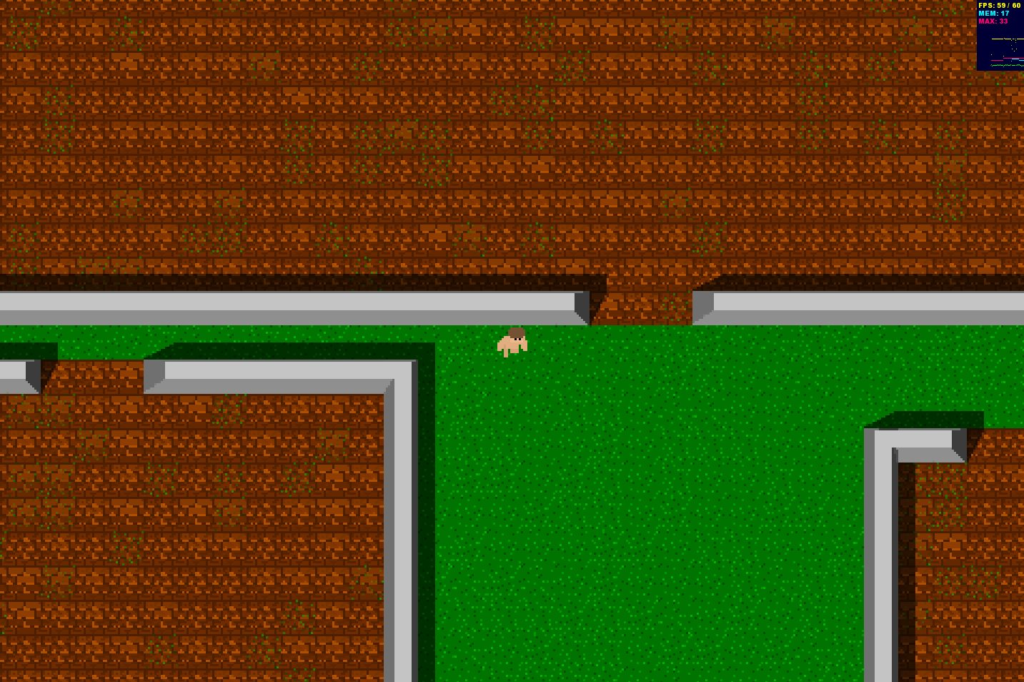
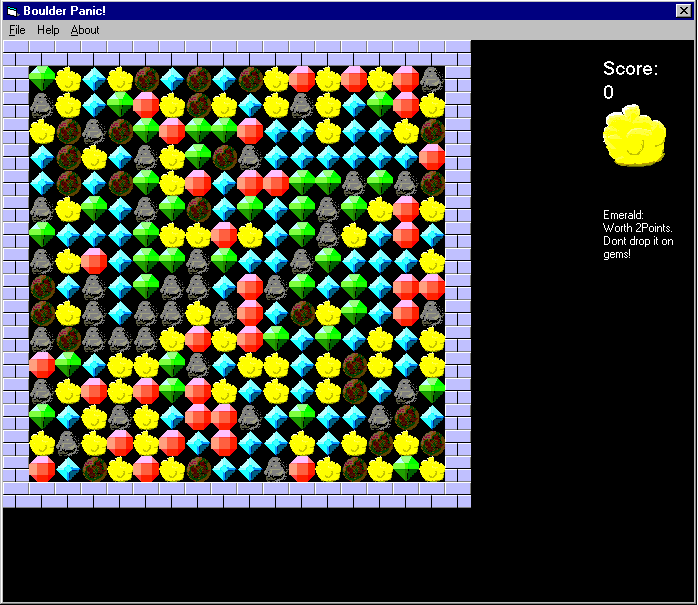
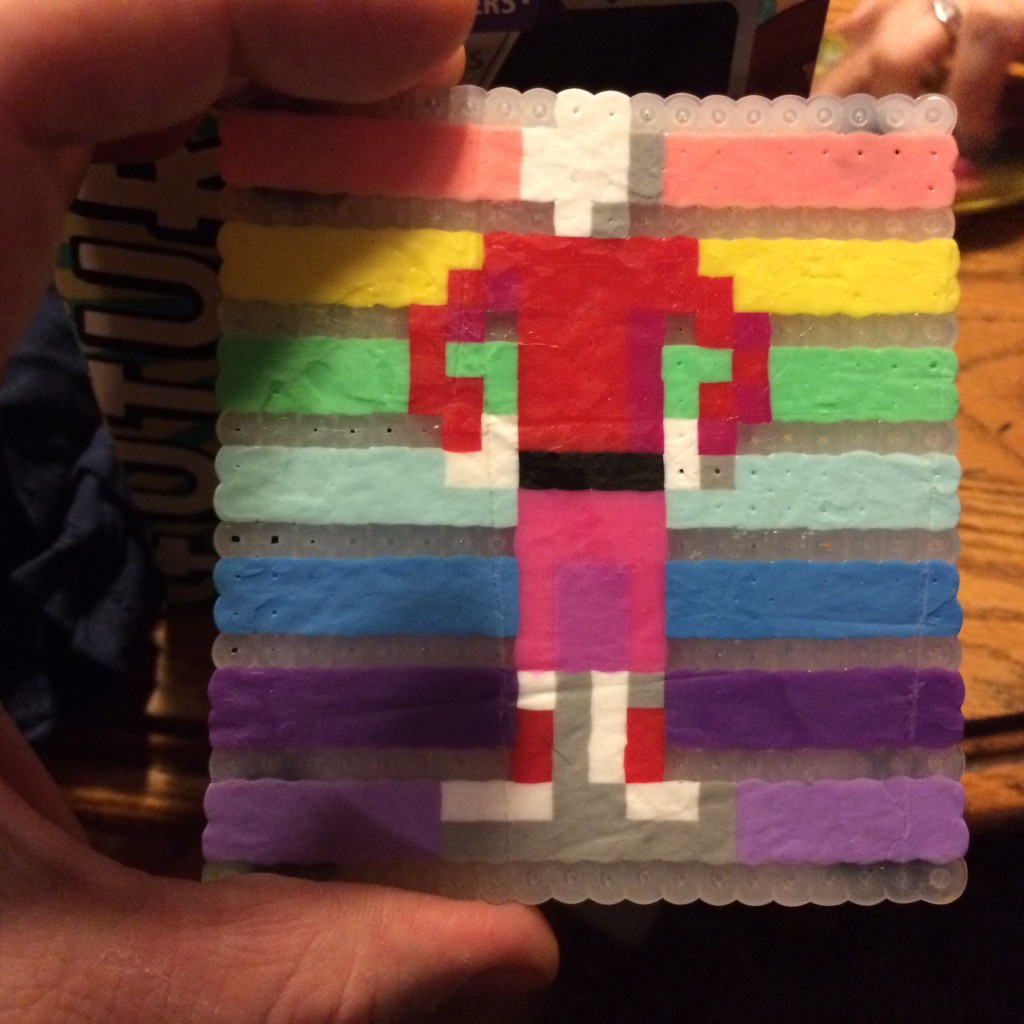
Jumpman Forever… 
Jumpman Forever – “Tight Spaces” You can see where the new smart bullets have torn up pieces of the level. 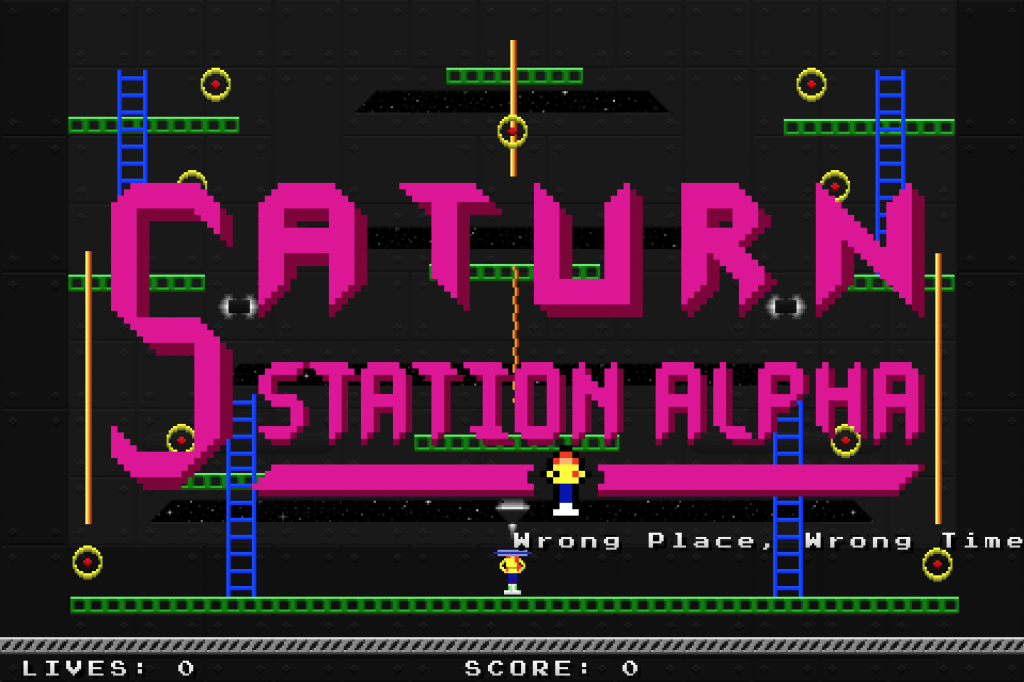
Jumpman Forever – Saturn Station 1, Red’s First Level 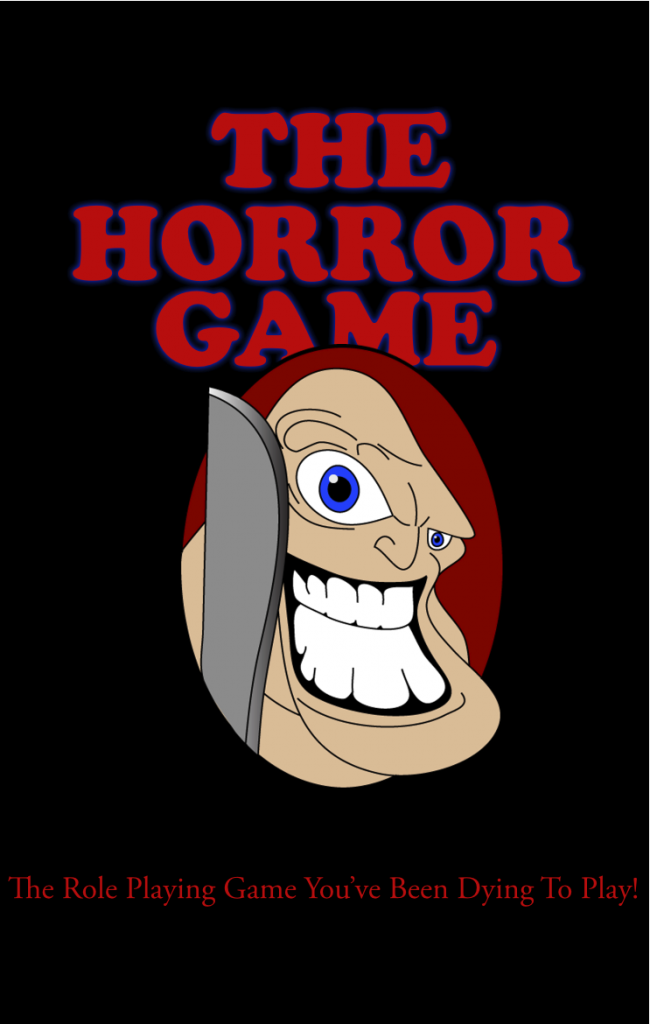
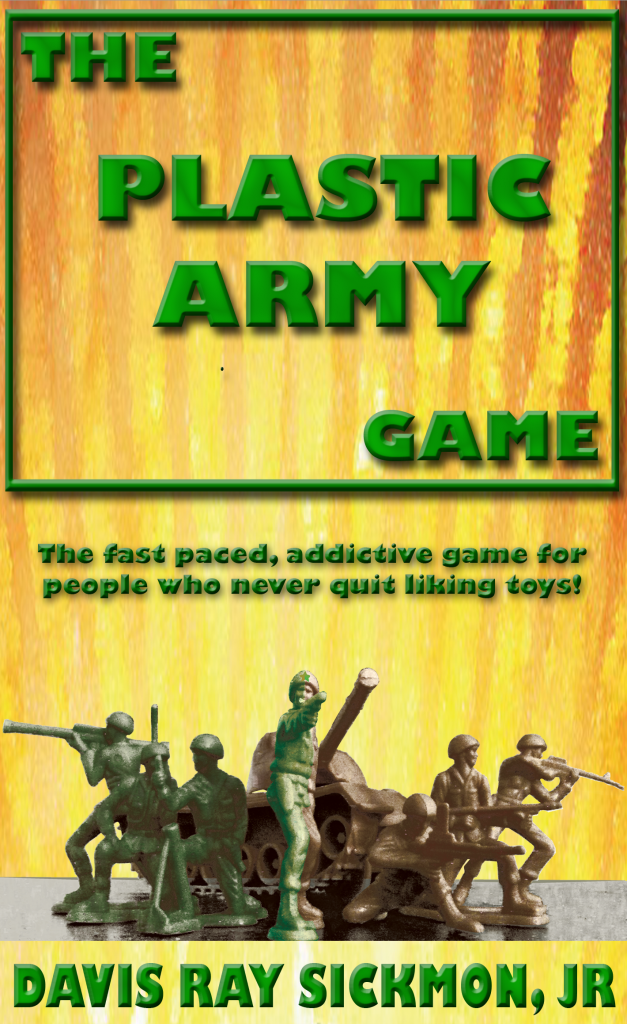
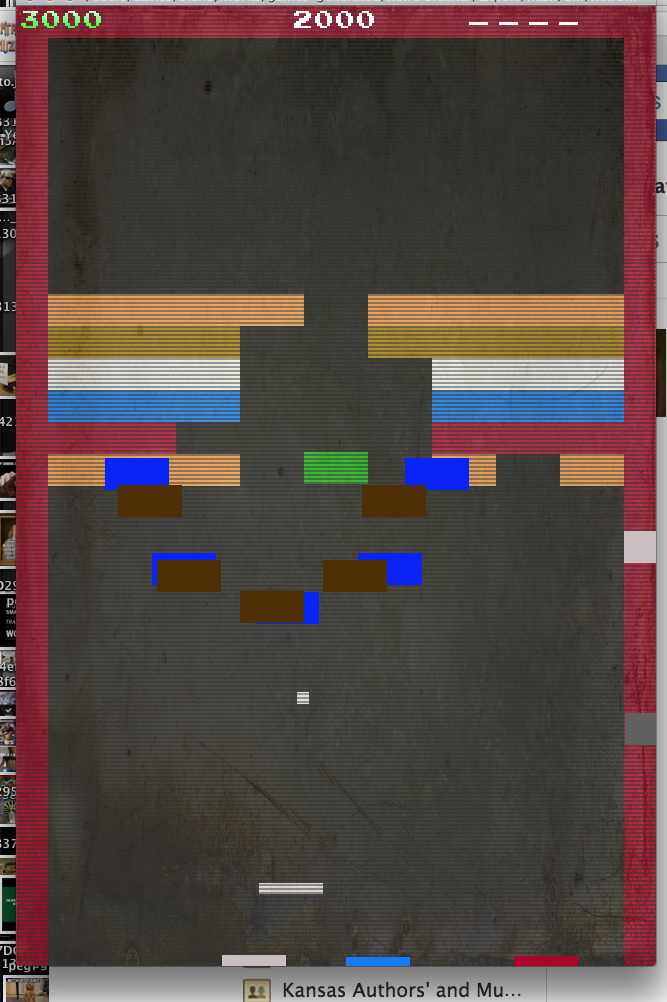
Retrobreaker incorporated the idea of being a retro title to the point of using scan lines and a burned in screen. Then did all sorts of wild shit. 🙂 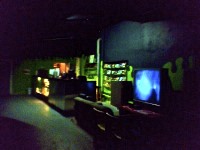
Another shot of Gamer Zone – this was the front counter and one of the console stations. 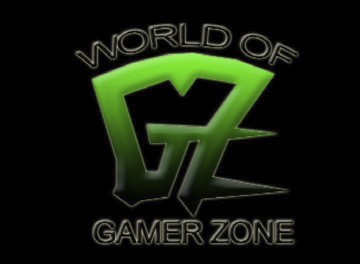
The World of Gamer Zone TV Show main logo 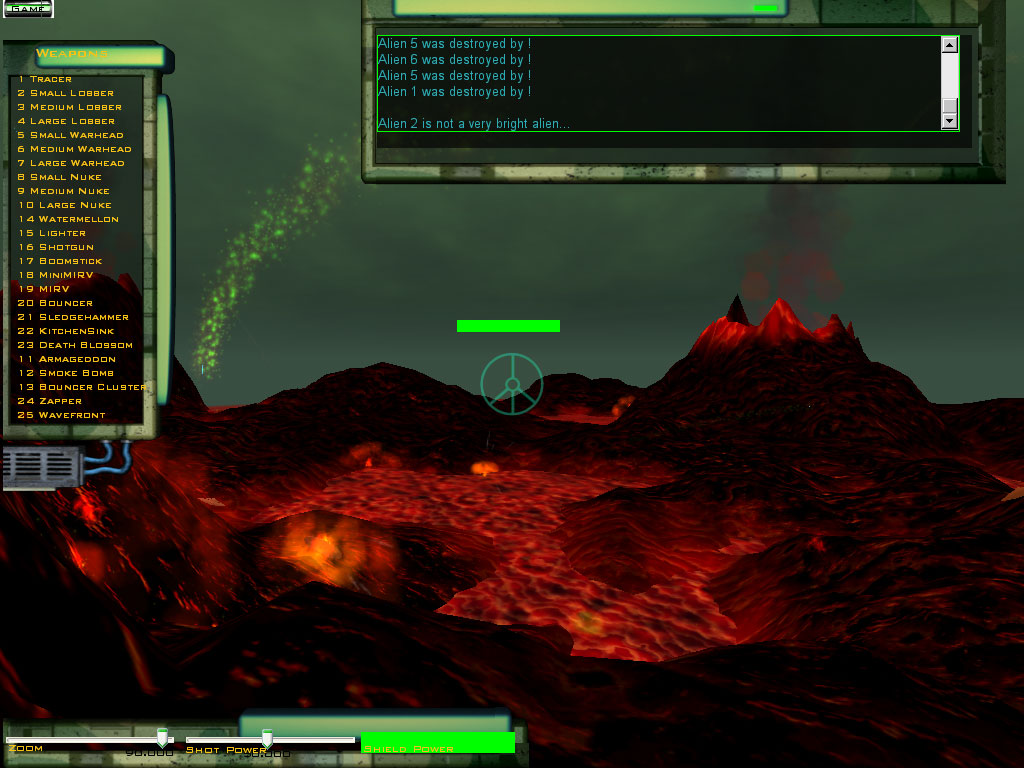
More Trajectory Zone – this time a nice warm place. While scanning through the pics, you can see the interface changes as you go along. 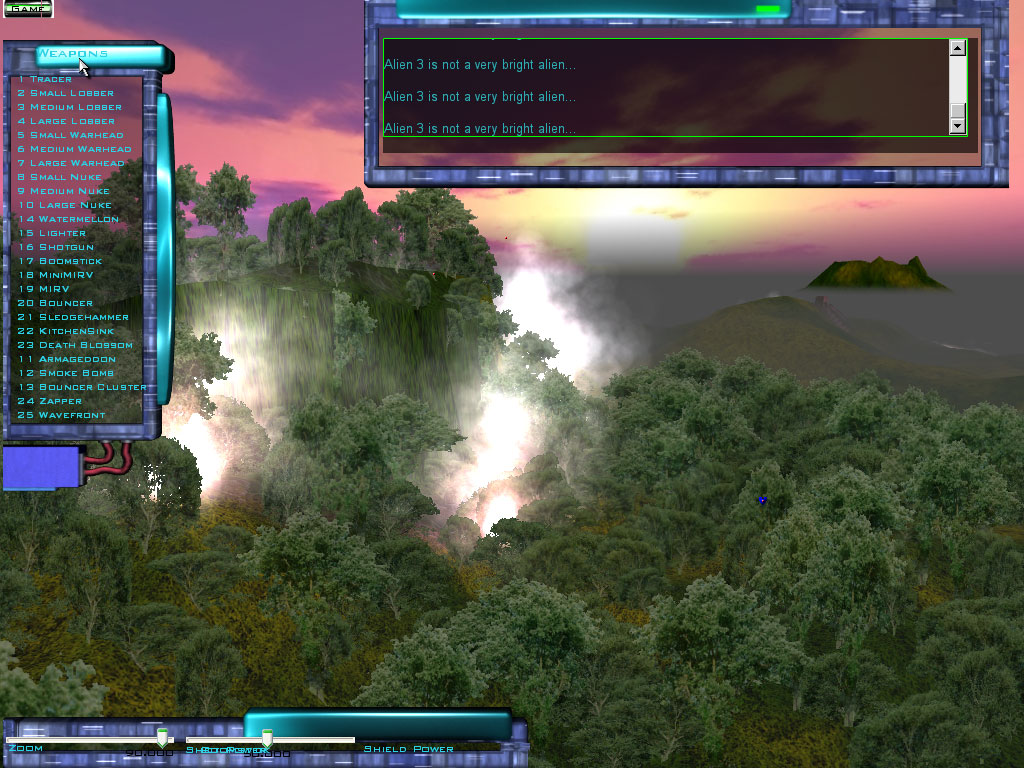
Trajectory Zone levels were extremely varied – this one, a nice jungle with waterfalls 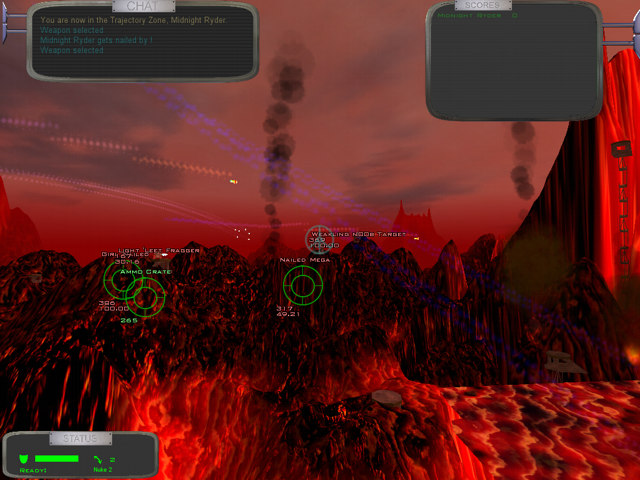
Early TZ screenshot showing bots at work – bots had personalities and accuracy levels. The math to kill a player is just too easy. 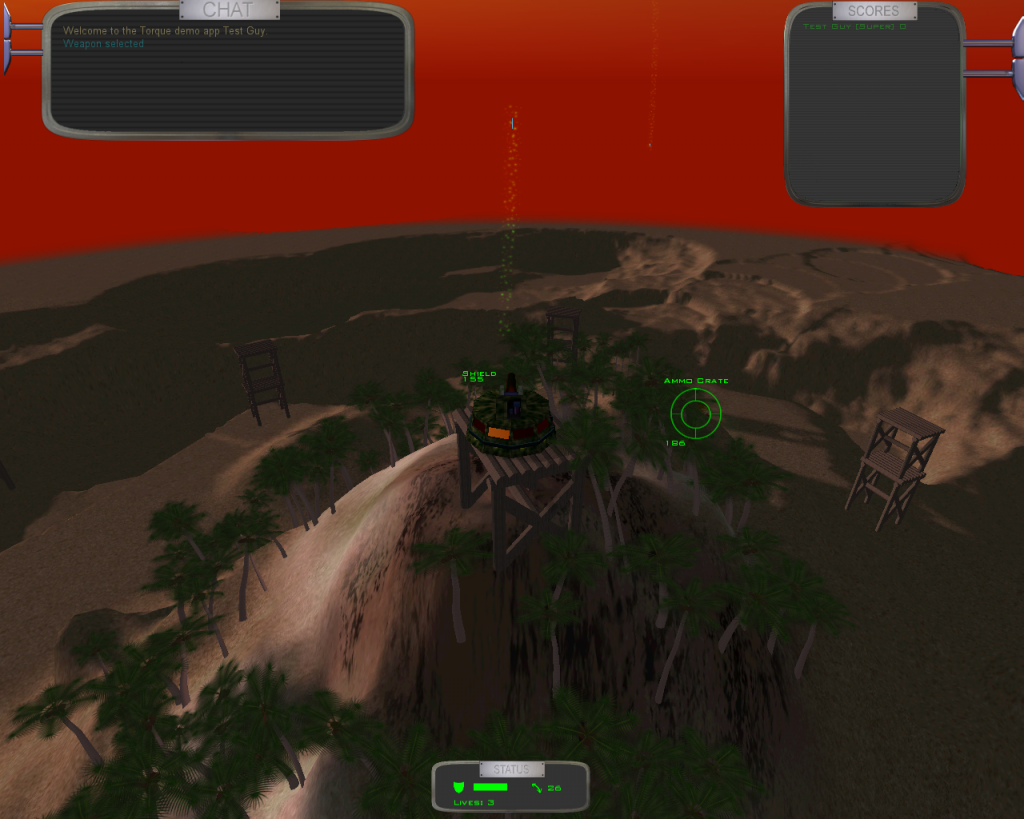
An early model – I wish I could find my pics of later in development, some of the player models were pretty interesting! 
Boulder Panic! 2 DX in all it’s glory, including one of the “trippy” backgrounds (the backgrounds rotated between levels, so not everyone was this weird 😉 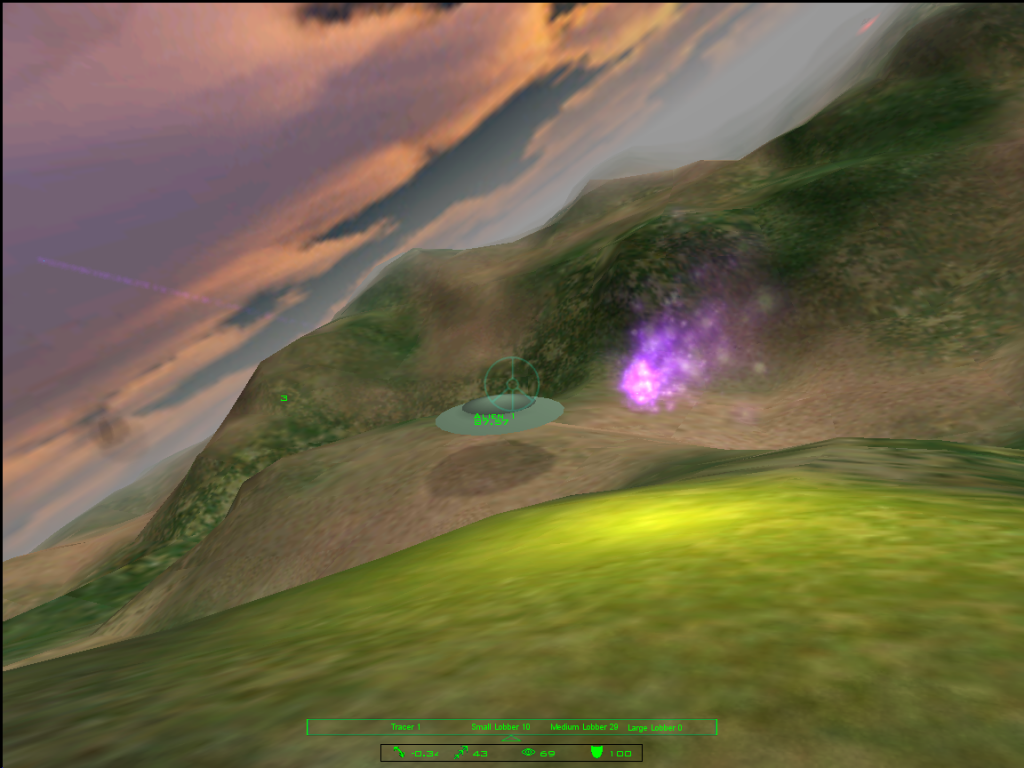
TZ also had a “single player” mode -vs- aliens. An early development shot of the Alien mode. 

No, that’s not me speaking – that’s me belting out “La Grange” at the second IGC, where there was a concert of sorts before the conference! 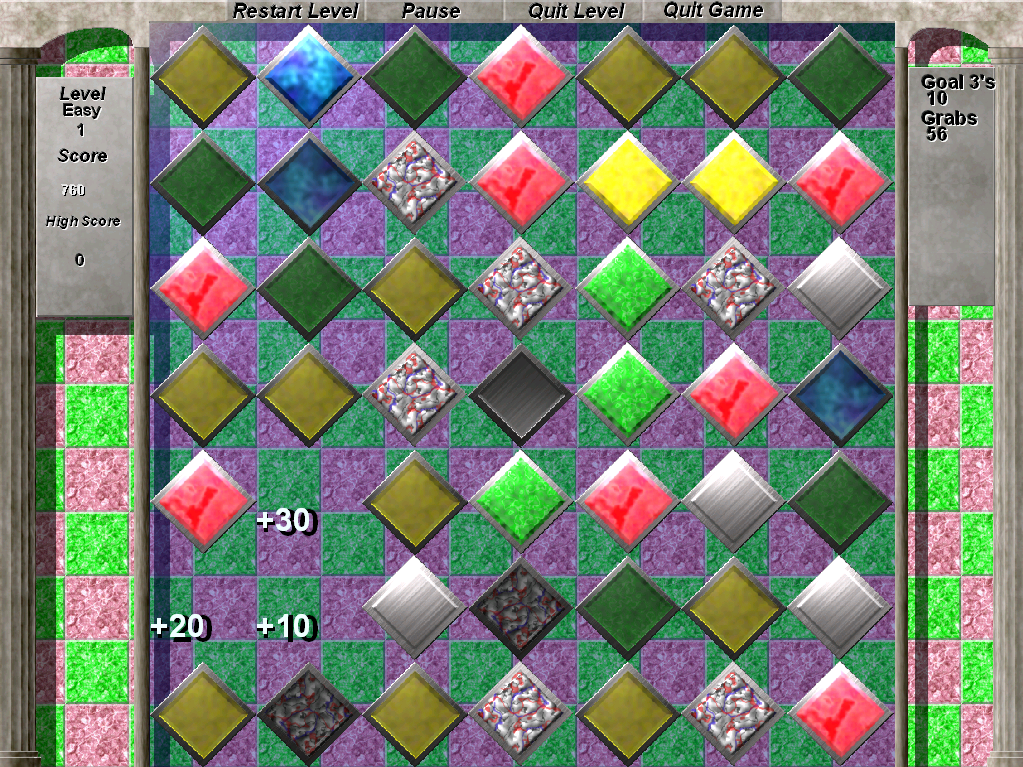
My favorite out of the Panic! series 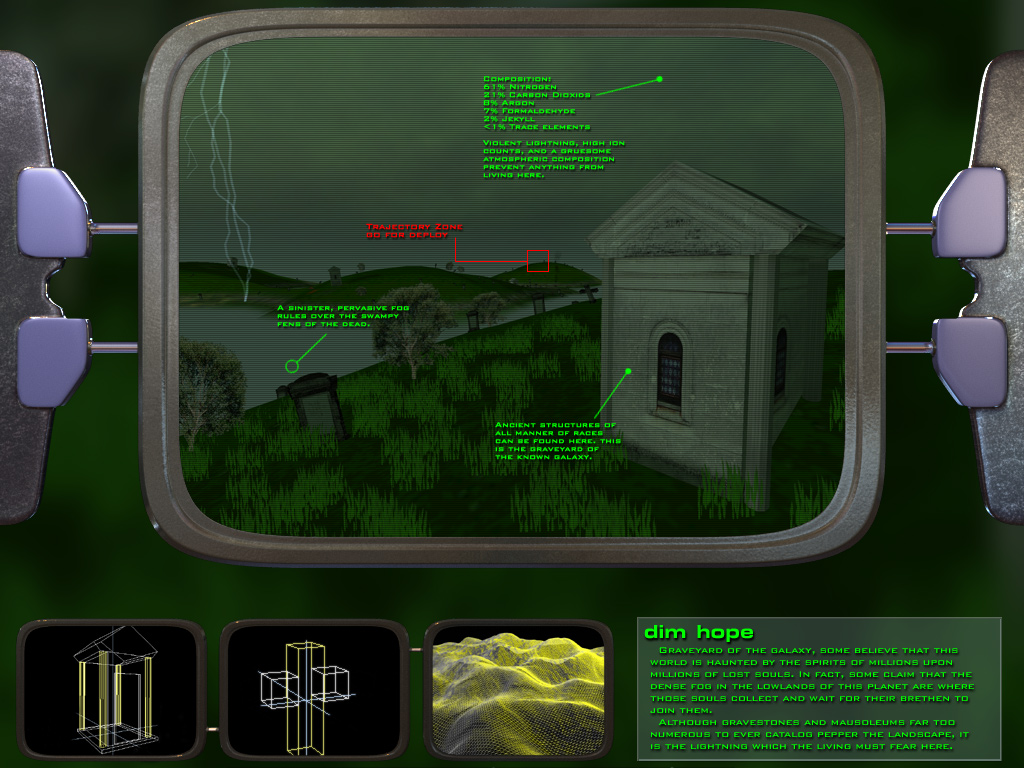
Another loading screen – humor was sprinkled throughout the game, like the elements described here. 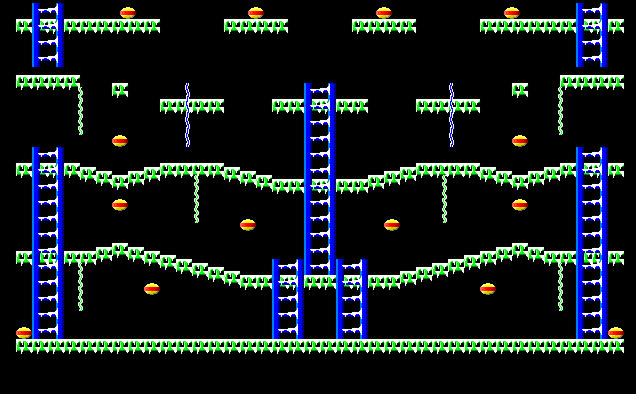
An example level from Jumpman 2049, which included new stuff like environmental changes. 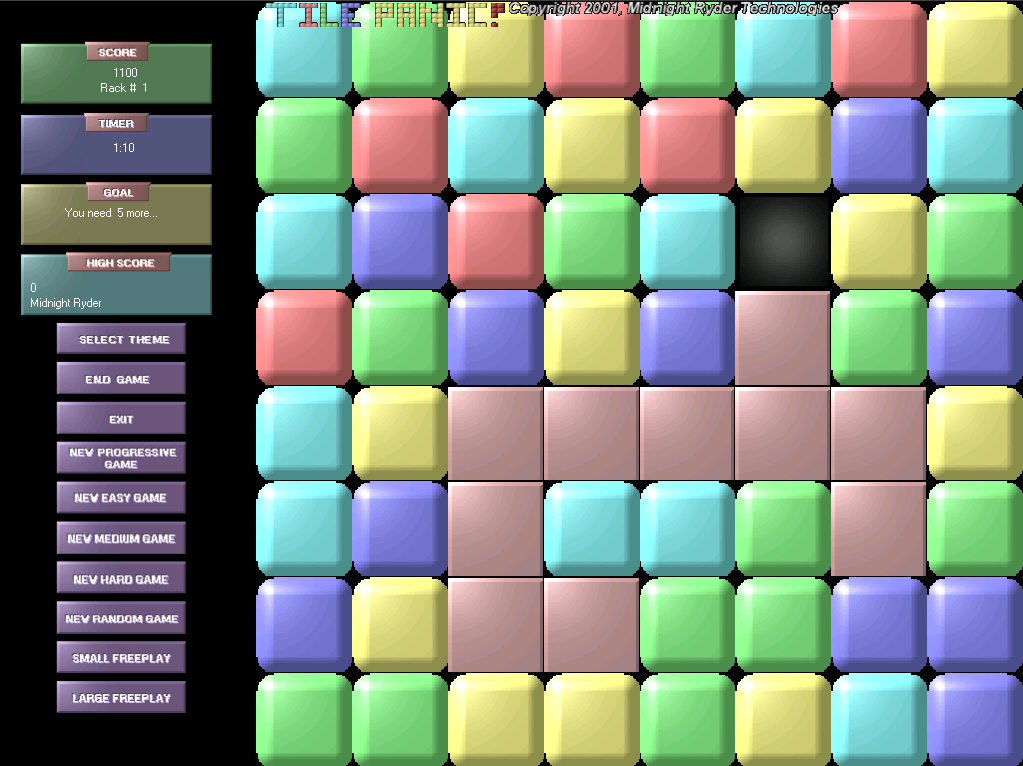
No matter if it sold copies, I still didn’t care for it. 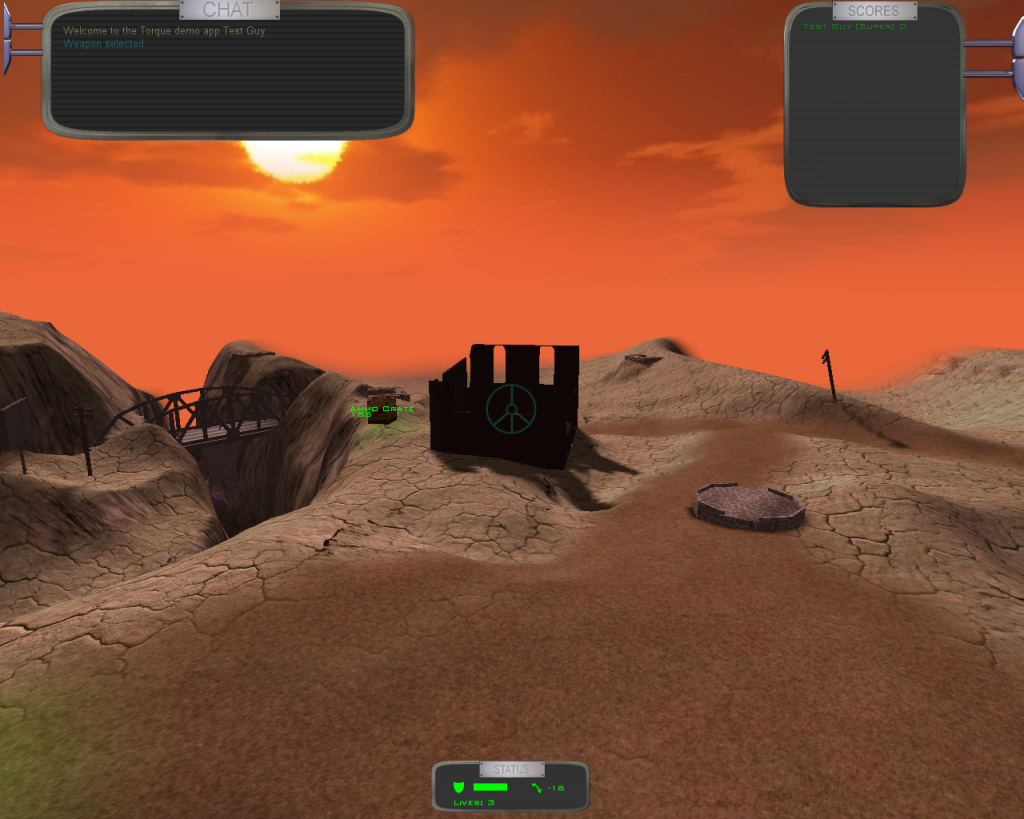
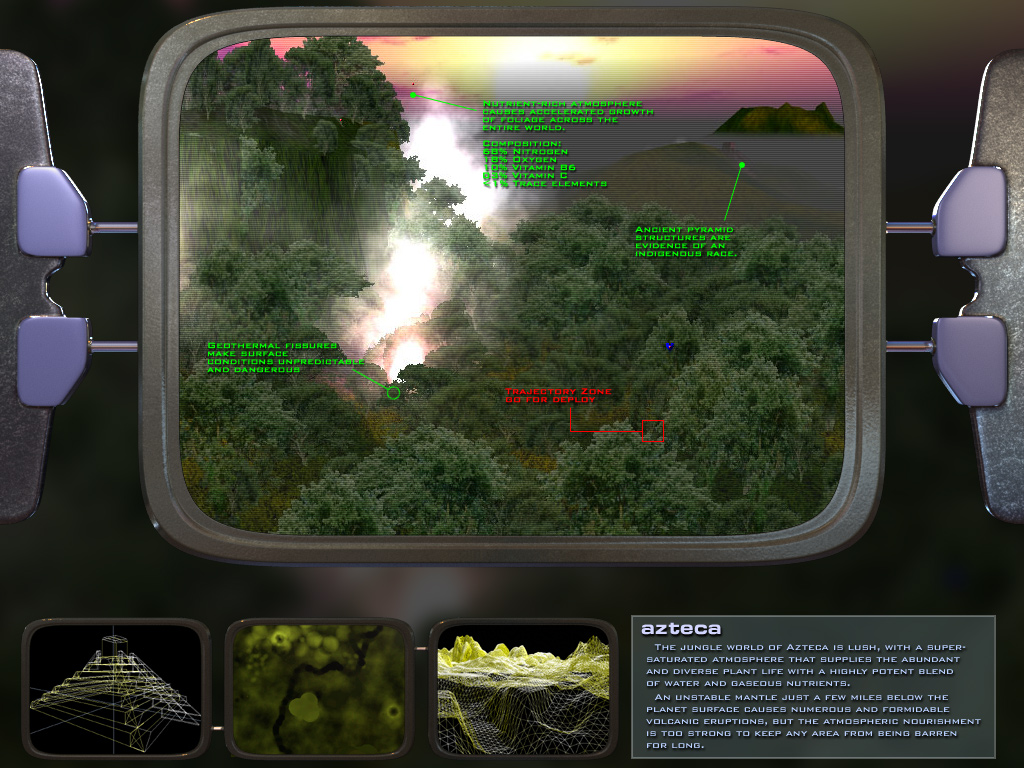
One of the level loading screens. I always liked Eric Forhan’s work on this! 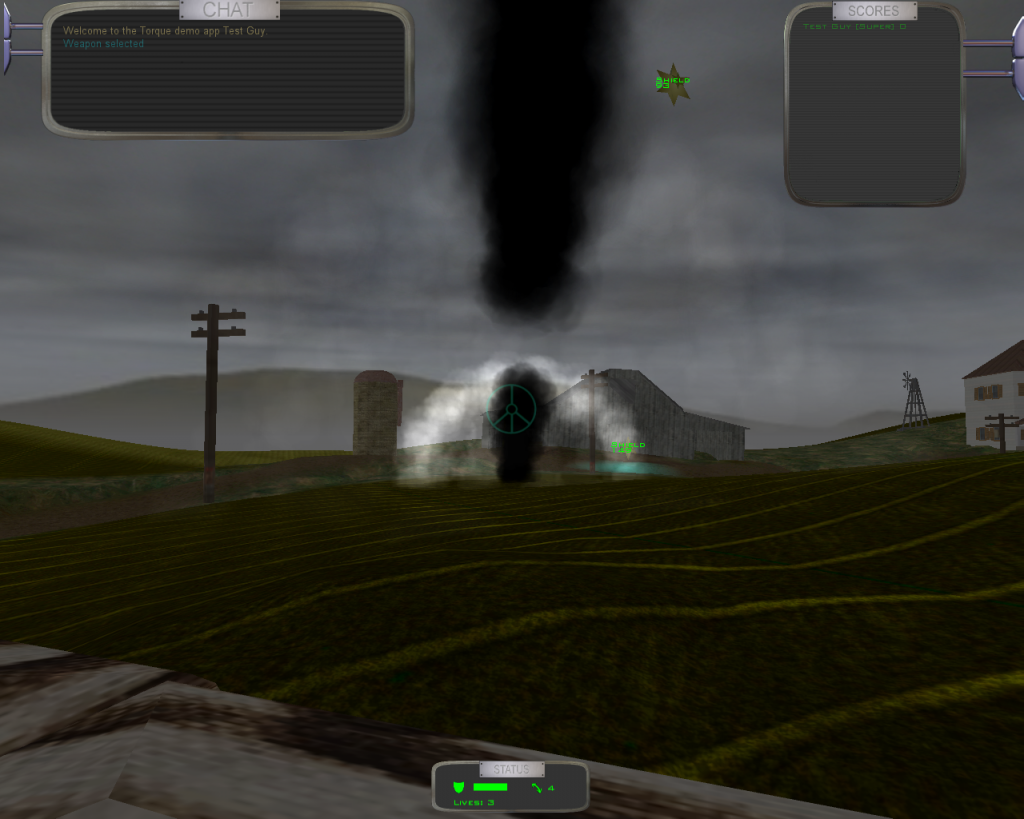
Form the level “Signs”, early in development 
Me, back in the Gamer Zone days – heavier, long hair, and goatee. This is a screen capture from the World of Gamer Zone TV show 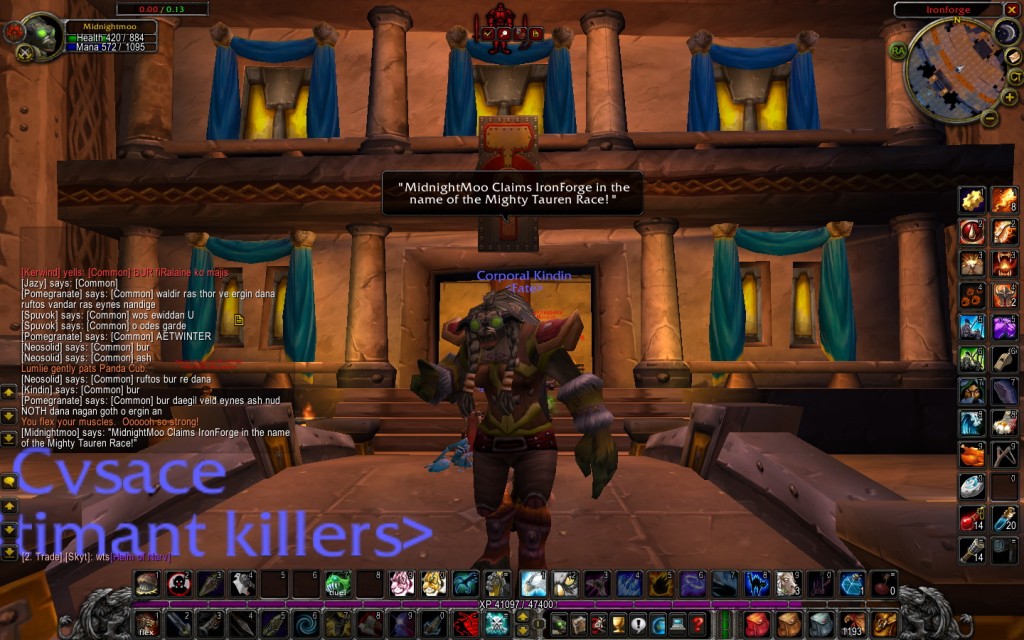
Ok, nothing to do with Game Development, this was a gamer thing. That’s MidnightMoo in Iron Forge. Not too impressive, except this was a level 40 character on a PVP server, back when level cap was 60 and hard to sneak in even at 60! 
One of the least graphically impressive Trajectory Zone levels
